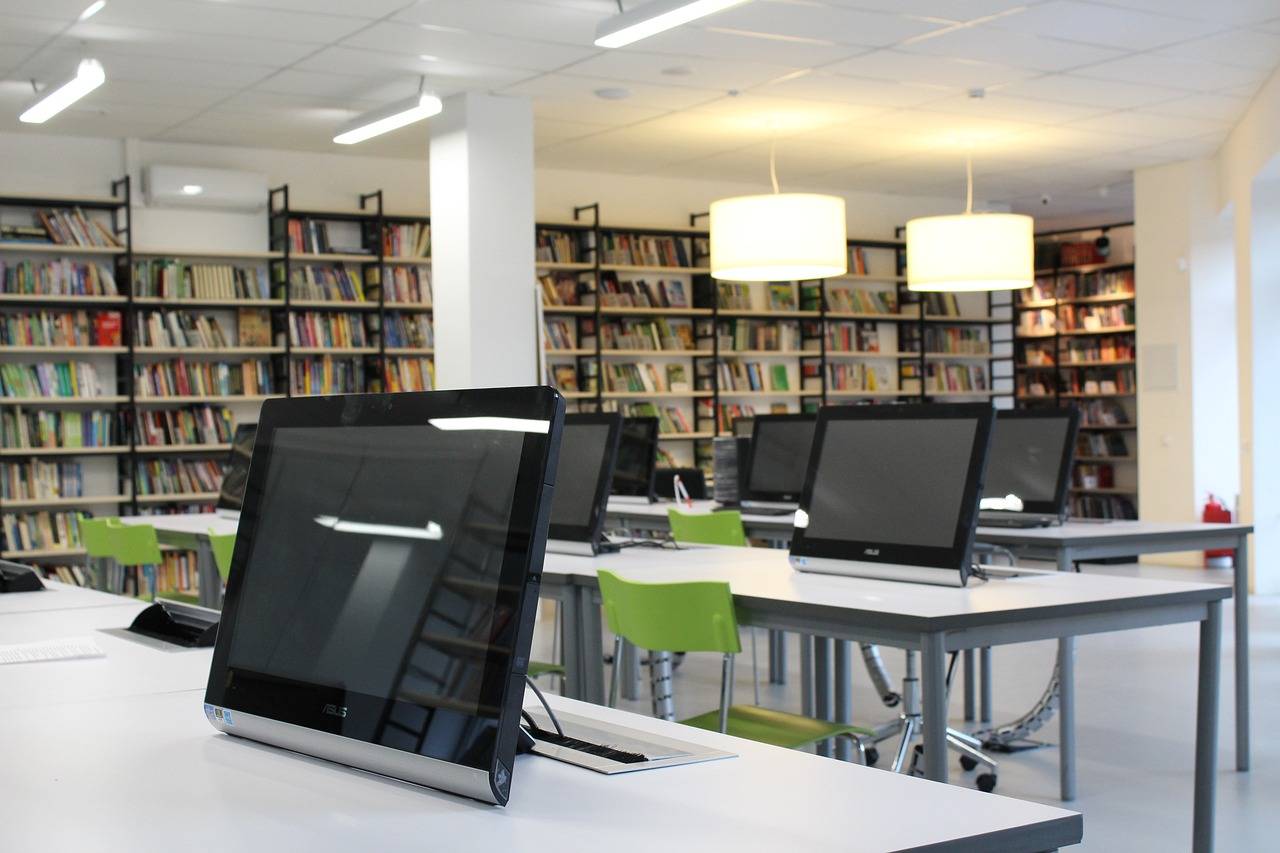Advancements in Assistive Technologies for Special Education
Assistive technologies play a crucial role in supporting students with disabilities in their educational journey. One key feature of assistive technologies is customization, allowing for individualized support based on the specific needs of each student. This can include adjusting settings for visual or auditory preferences, providing alternative input methods, or incorporating specific accommodations to aid in learning.
Furthermore, assistive technologies often offer multi-sensory experiences to cater to diverse learning styles. By presenting information through various modalities such as visual, auditory, or tactile formats, students are able to engage with the material in ways that suit their unique abilities. This inclusive approach not only enhances learning outcomes but also promotes a more accessible and equitable educational environment for all students.
The Importance of Accessibility in Special Education
Ensuring accessibility in special education is paramount for supporting the diverse needs of students with disabilities. By providing accessible tools and resources, educators can create an inclusive learning environment where all students have equal opportunities to thrive academically. Accessible materials such as screen readers, captioning services, and adaptive software are essential in helping students with disabilities to fully participate in classroom activities and achieve their educational goals.
Moreover, accessibility in special education goes beyond just technology; it encompasses physical spaces, curriculum modifications, and teaching methods. Making classrooms wheelchair-accessible, implementing differentiated instruction strategies, and providing alternative formats for learning materials are all integral components of creating an accessible learning environment for students with diverse learning needs. When educators prioritize accessibility in special education, they not only promote equity and inclusion but also empower students with disabilities to reach their full potential.
What is the importance of accessibility in special education?
Accessibility in special education ensures that all students, regardless of their abilities, have equal opportunities to learn and succeed.
What are some key features of assistive technologies for special education?
Some key features of assistive technologies for special education include text-to-speech capabilities, interactive learning tools, and customizable settings to accommodate individual needs.
How can accessibility in special education benefit students with disabilities?
Accessibility in special education can benefit students with disabilities by providing them with the necessary tools and support to fully participate in the learning process and reach their full potential.
How can teachers and schools ensure accessibility in special education?
Teachers and schools can ensure accessibility in special education by providing a variety of assistive technologies, implementing inclusive teaching practices, and creating a supportive and inclusive learning environment for all students.





